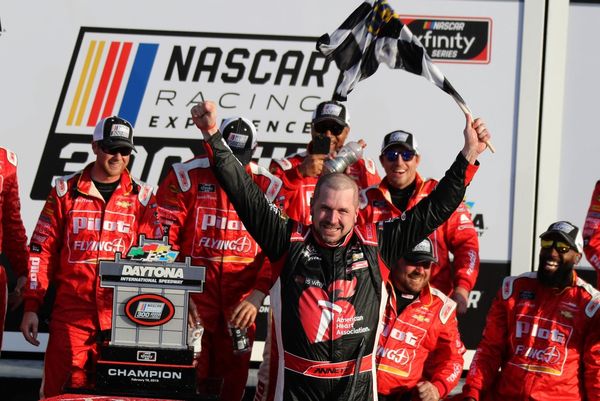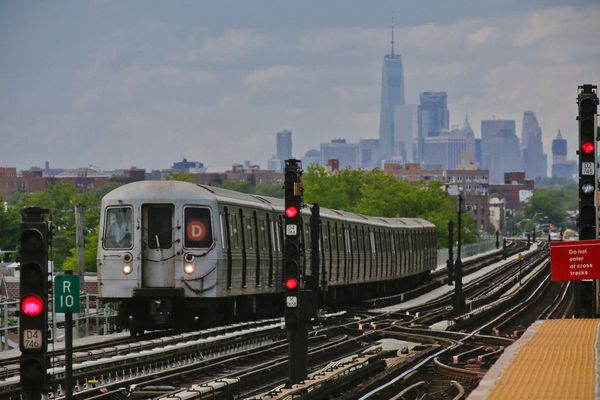
California’s years-long effort to construct a high-speed rail faces yet another hurdle as the Trump administration said the project had no “viable path” to move ahead and threatened to pull billions of dollars in federal funding.
Sean Duffy, the US transportation secretary, released a compliance review report that said the project was in default of the terms of its federal grant awards, and said it had been beset by mismanagement, waste and ever-growing costs.
“Here’s the cold, hard truth – there’s no viable path to complete the rail project on time or on budget. California is on notice,” Duffy said, adding that “it could soon be time” for funds to move to other projects.
High-speed rail, long available in Japan and Europe, has been a dream for decades in California with supporters hopeful it could reduce the environmental impact in a state known for its rampant car use, connect the state and drive economic development with the creation of thousands of jobs.
In 2008, California voters approved $10bn in funding for the bullet train, which was supposed to bring passengers from San Francisco to Los Angeles in less than three hours and be completed by 2020 at a total cost of $33bn.
Seventeen years on, the project’s estimated cost is expected to exceed $100bn. The state has now focused not on the original route designed to connect California’s metropolitan areas, but on a 171-mile stretch in the Central valley, which is expected to be completed by 2033 at a cost of more than $35bn. The entirety of the line received environmental clearance for construction in 2024 and the project finally began laying down track this year. Frustrations over the delays and growing costs have mounted.
In 2019, Donald Trump cancelled almost $1bn in funding for the project. The Biden administration, however, restored that funding and later allocated another $3.3bn toward the project. But California is still expected to come up with most of the budget, and it has so far. The state has supplied 82% of the $14bn already spent on the project.
“No state in America is closer to launching high-speed rail than California,” Gavin Newsom, the state’s governor, said earlier this year. “We’re moving into the track-laying phase, completing structures for key segments and laying the groundwork for a high-speed rail network.”
But in the report published on Wednesday, Drew Feeley, the acting administrator of the Federal Railroad Administration (FRA), said the state had “no viable plan to deliver even that partial segment on time”.
“What started as a proposed 800-mile system was first reduced to 500 miles, then became a 171-mile segment, and is now very likely ended as a 119-mile track to nowhere,” Feeley wrote.
His letter said the review “revealed patterns of unattainable proposals and unrealistic assumptions on a wide range of issues” as well as “countless change orders for almost every contract”, and cited a February 2025 report from the rail authority’s inspector general that found the agency had “no credible plan” to close the $7bn funding gap on the Central valley segment.
The California high-speed rail authority has 30 days to provide documentation to show its compliance. The authority said in a statement on Wednesday that it strongly disagreed with the FRA’s “misguided” conclusions, and pointed to the governor’s latest budget proposal, which includes at least $1bn a year for the project for the next 20 years.
“We remain firmly committed to completing the nation’s first true high-speed rail system connecting the major population centers in the state.”







